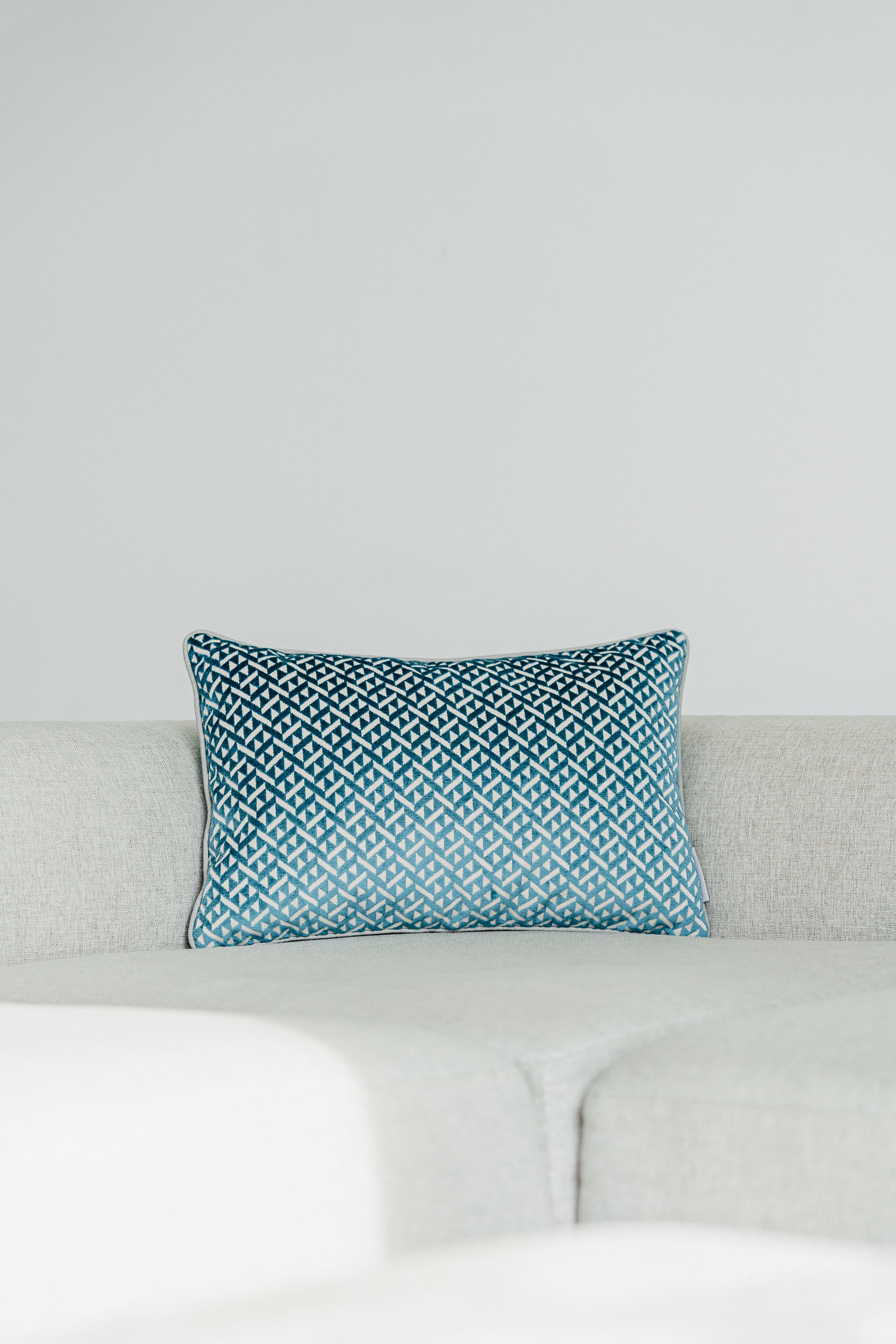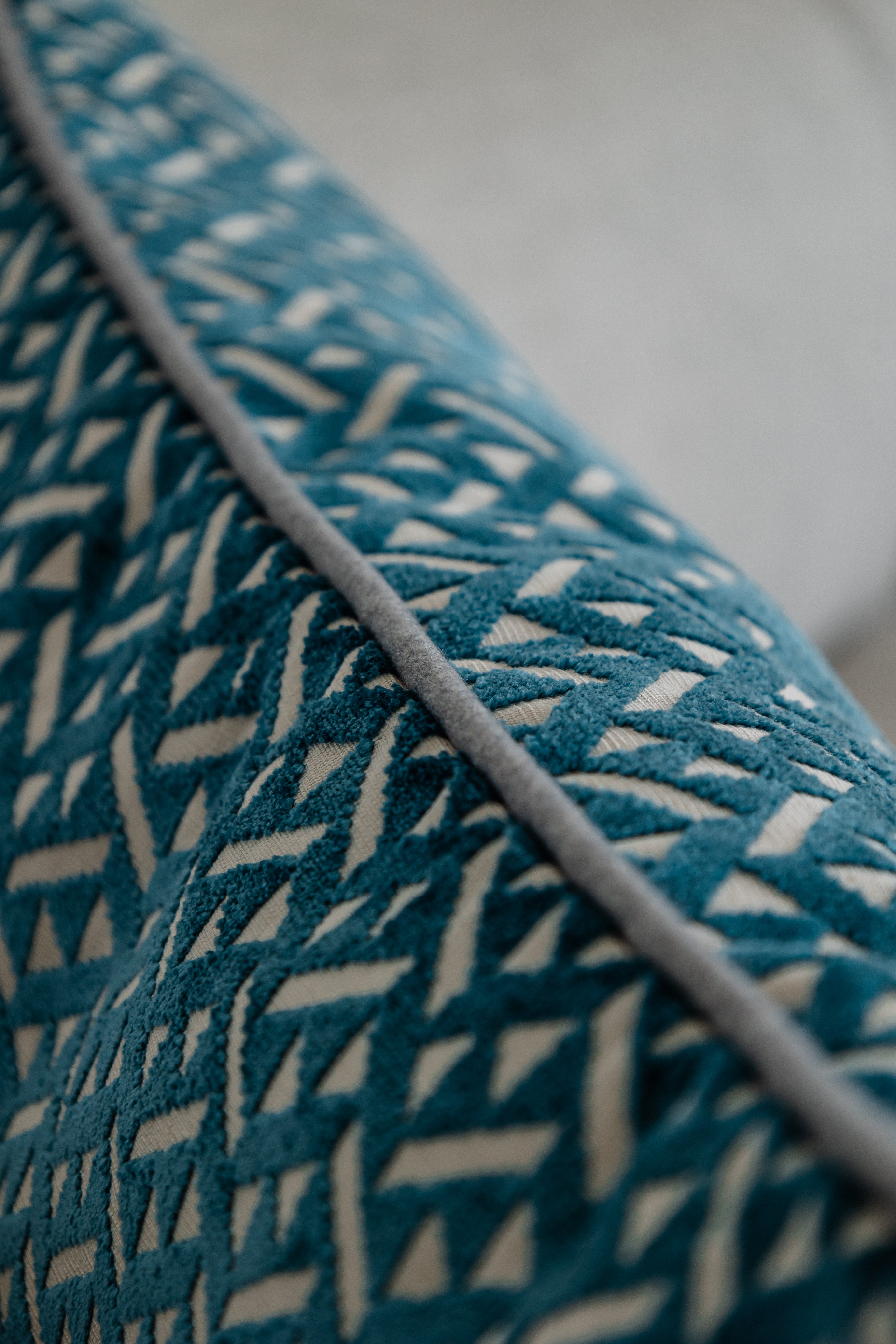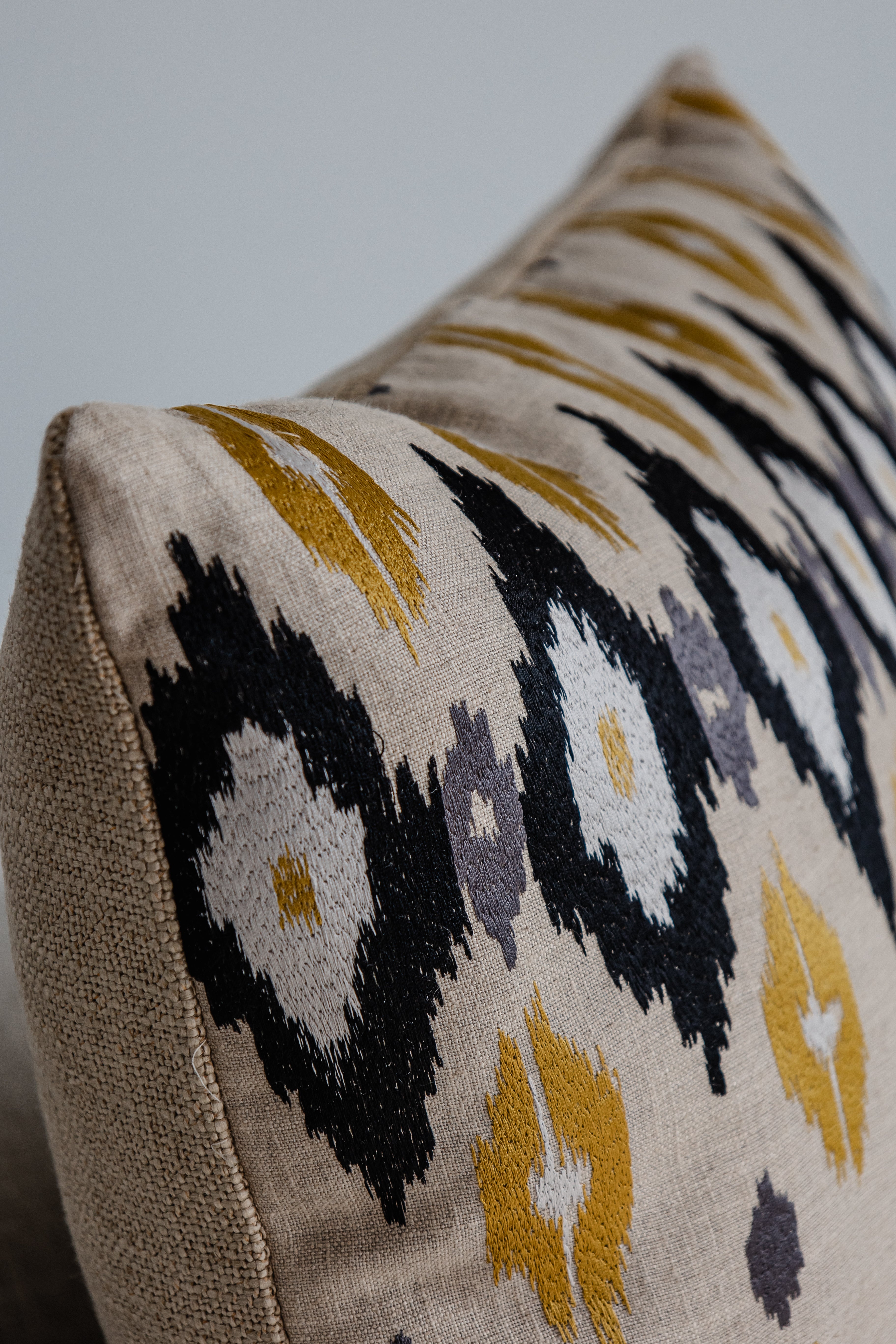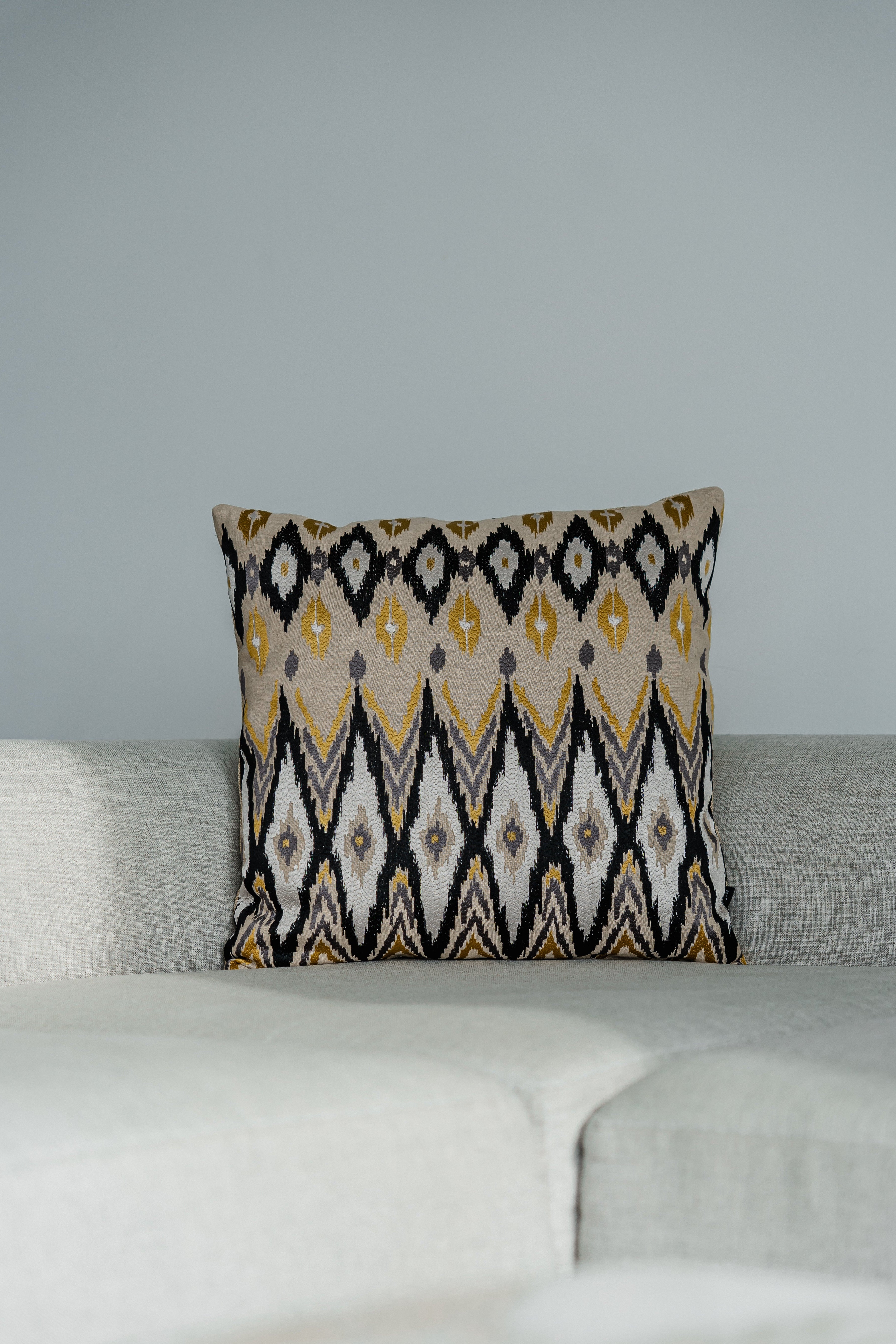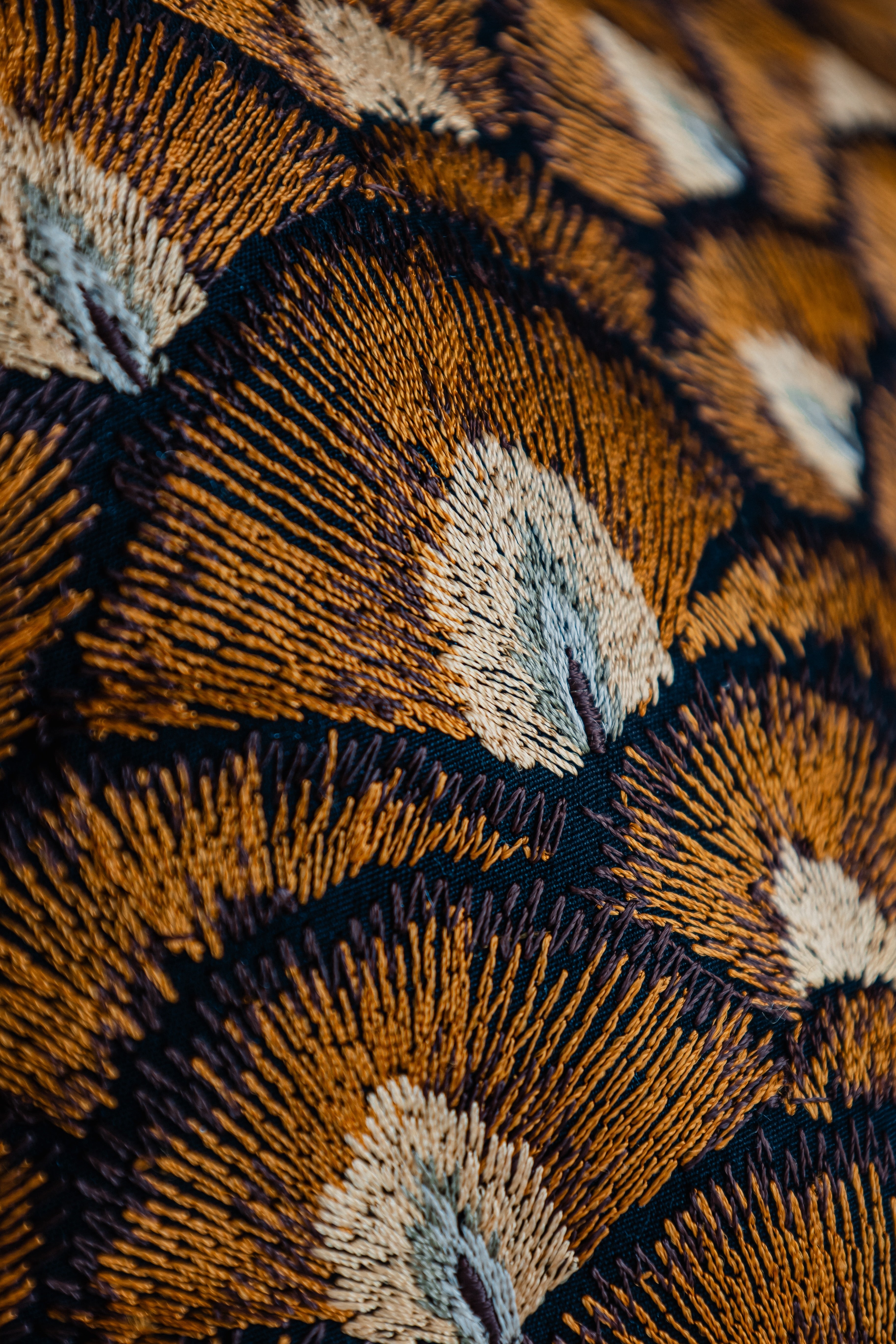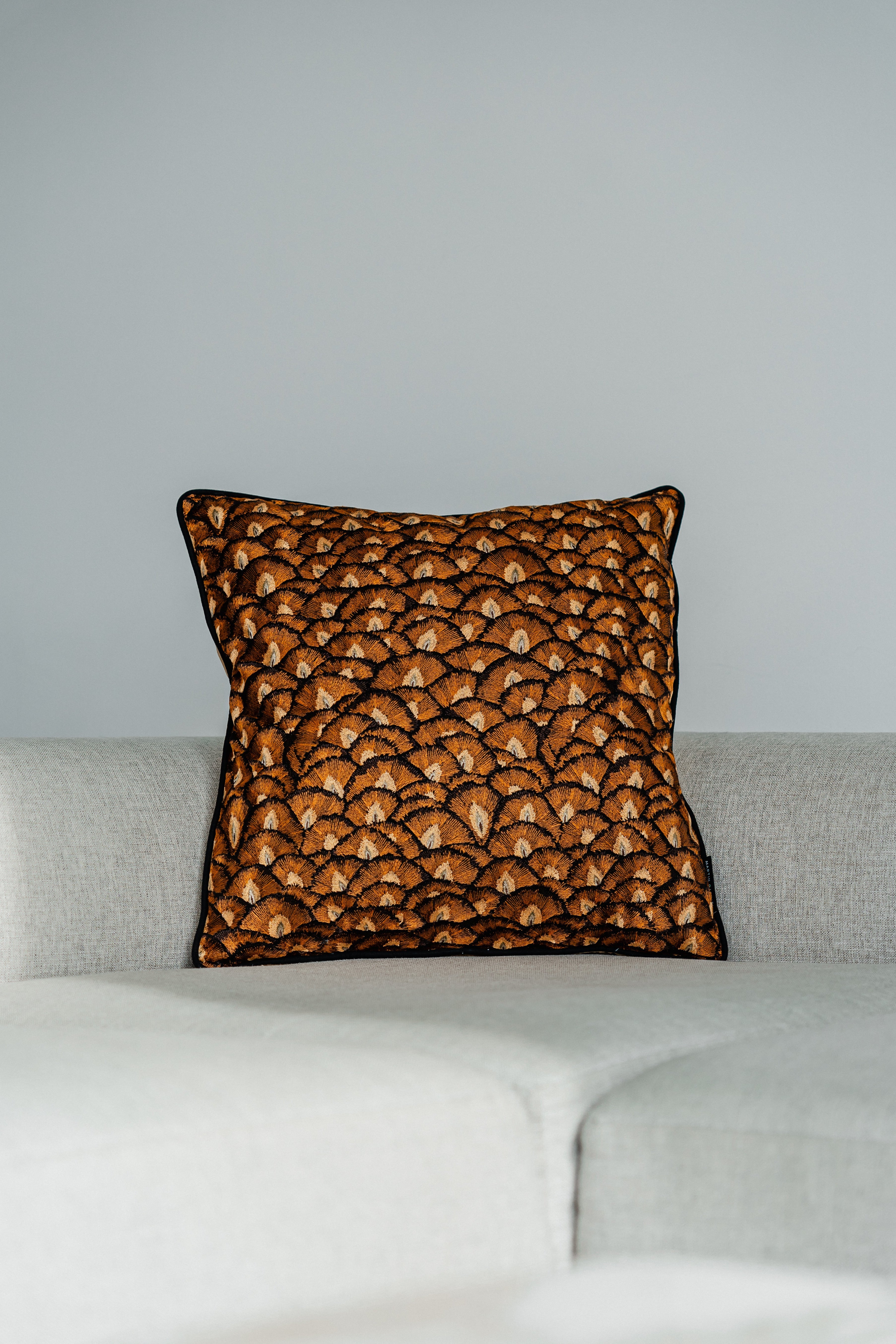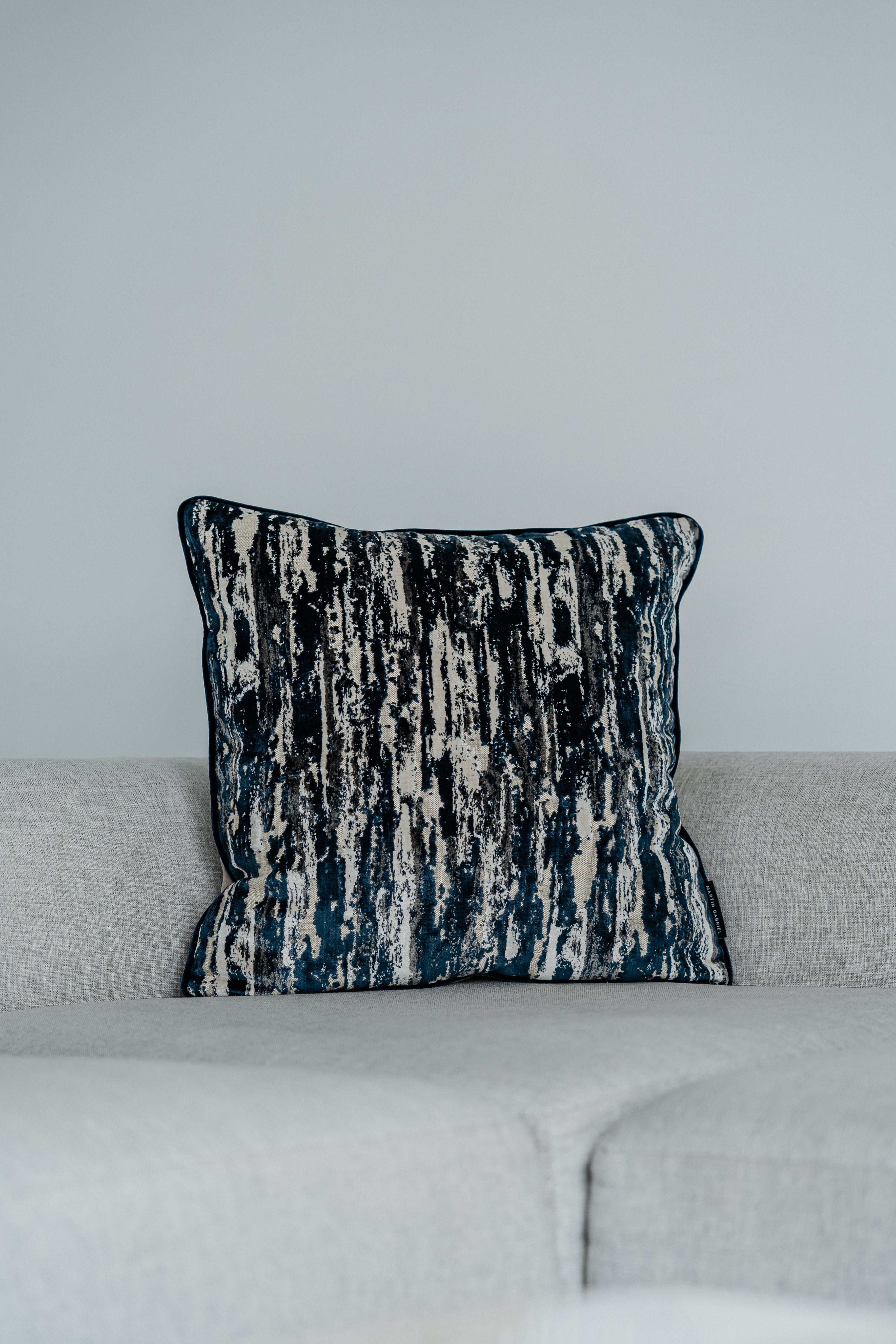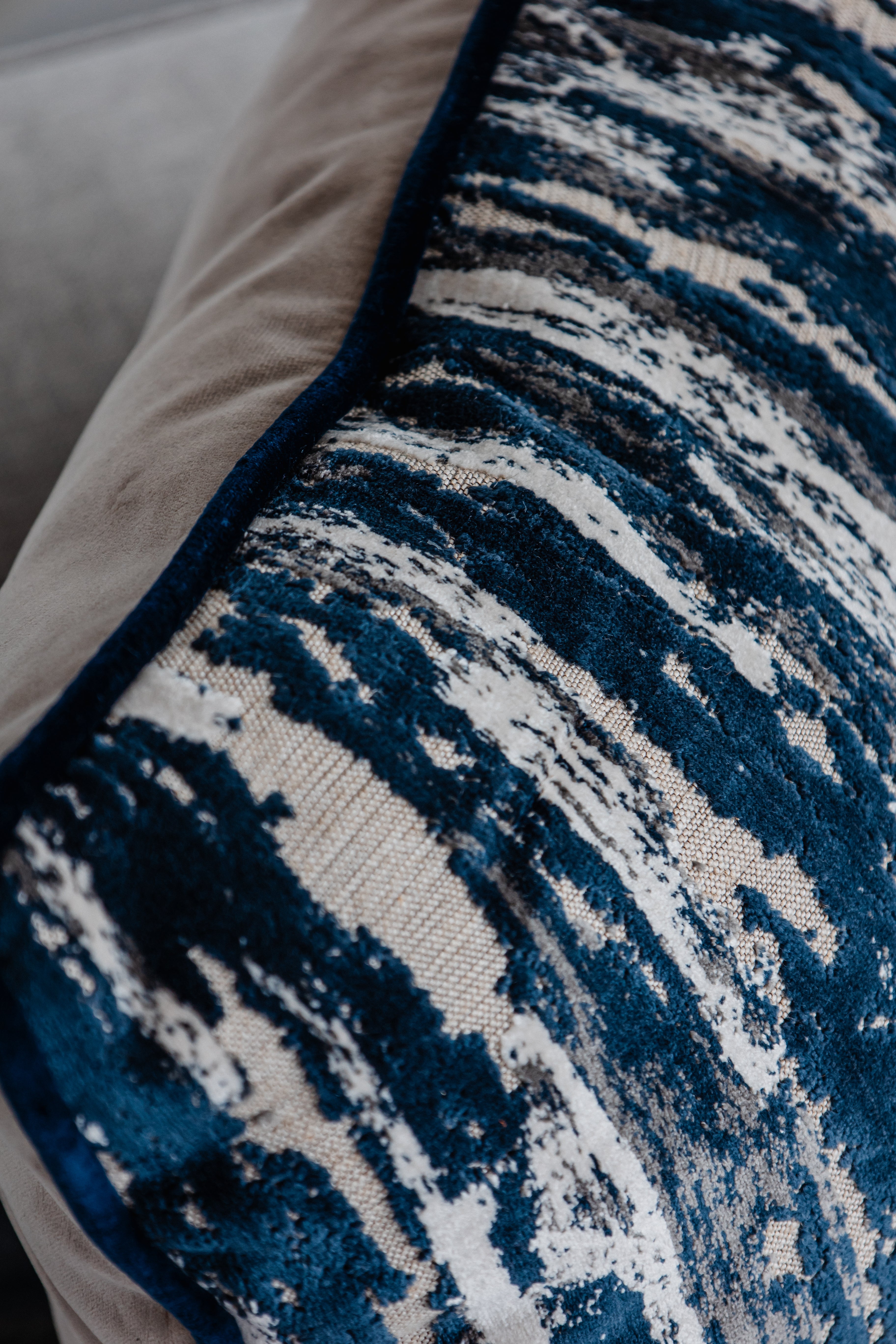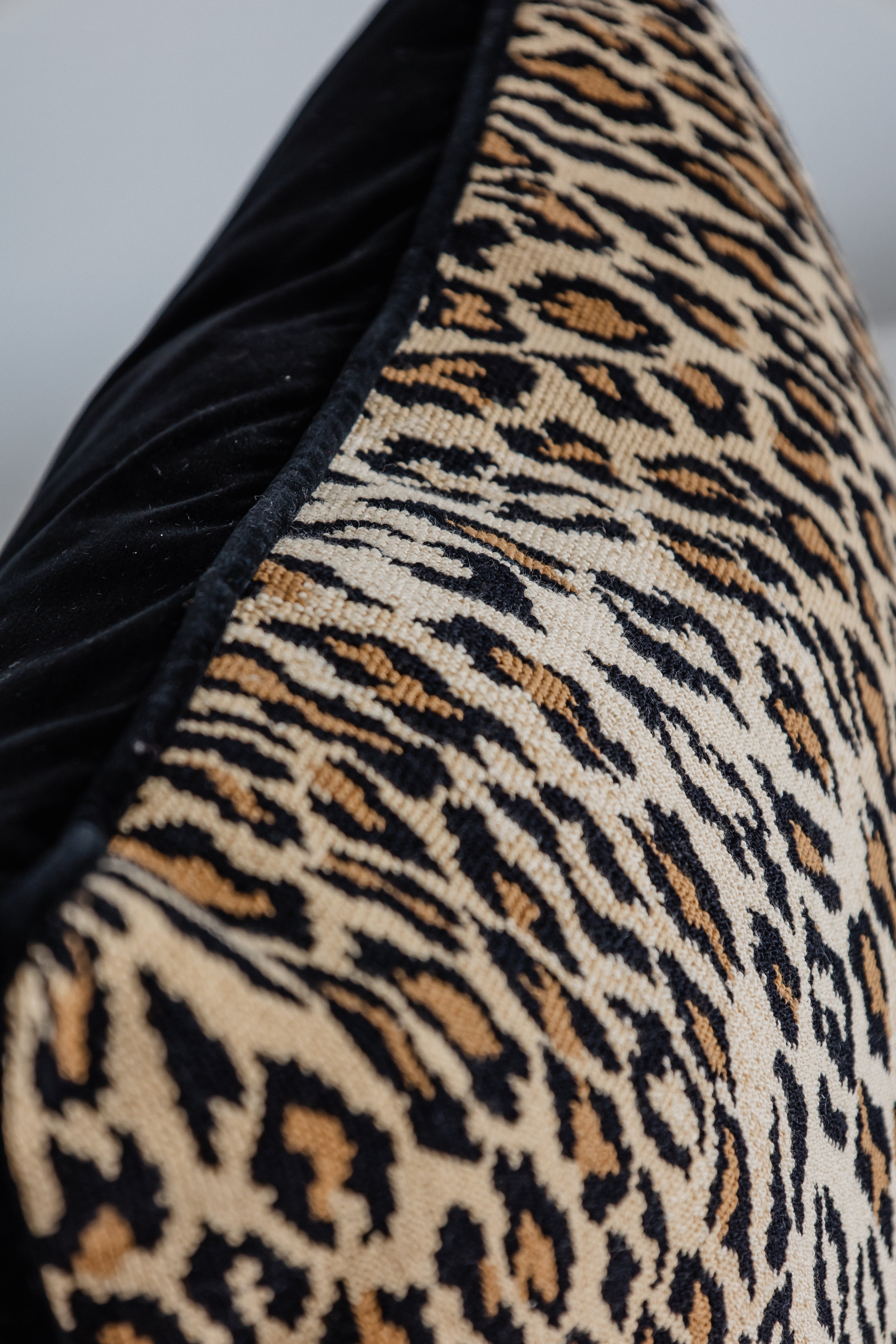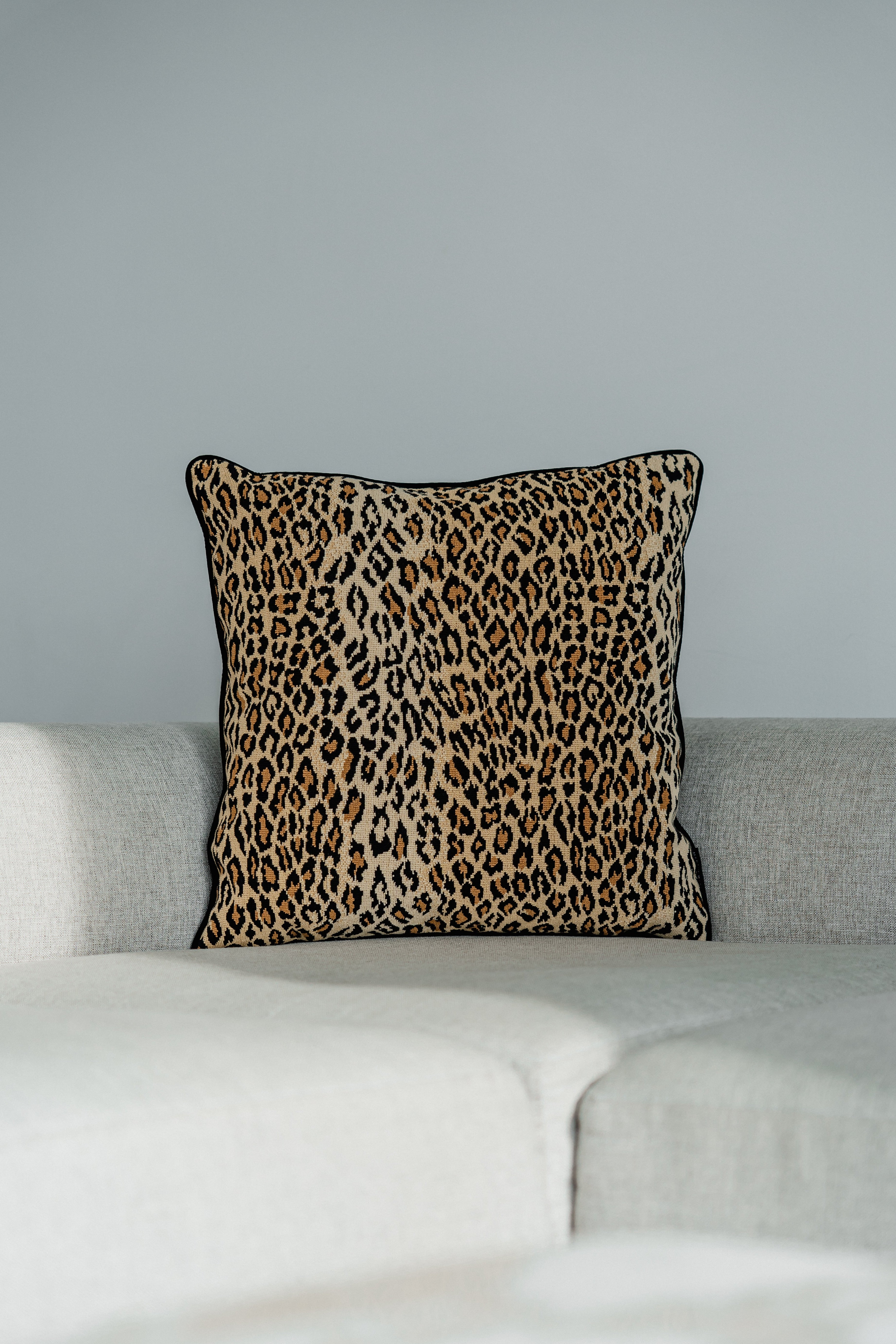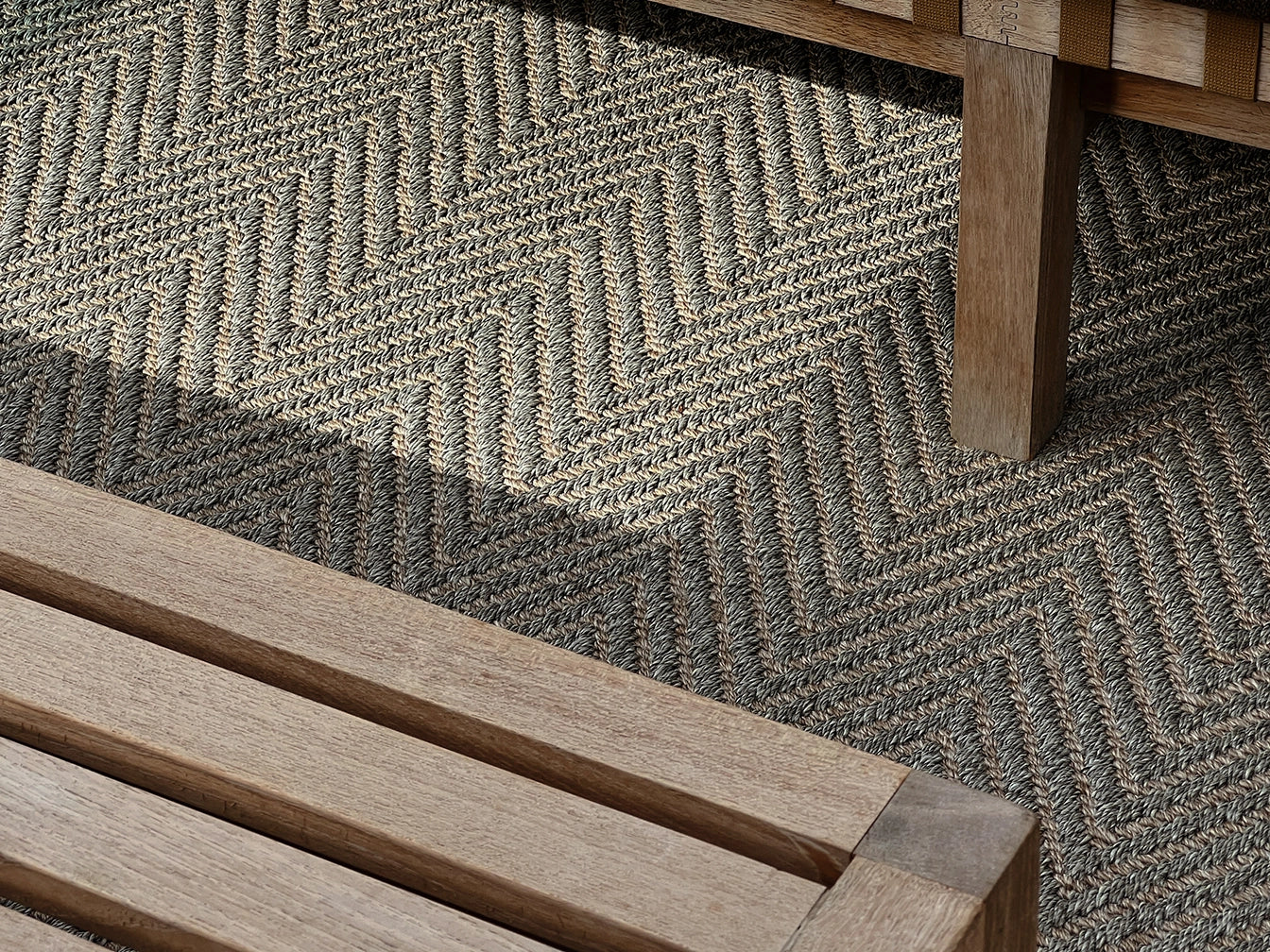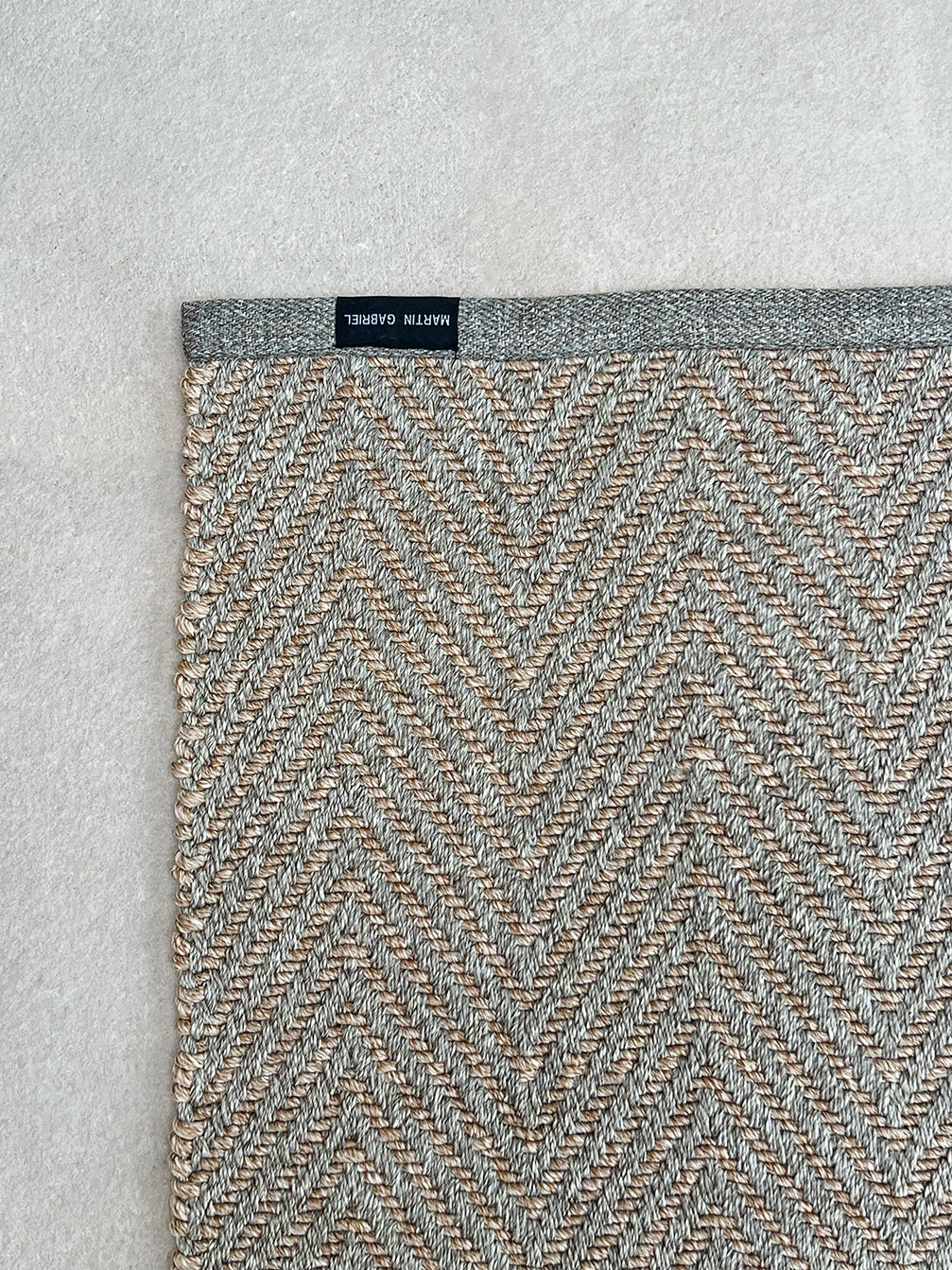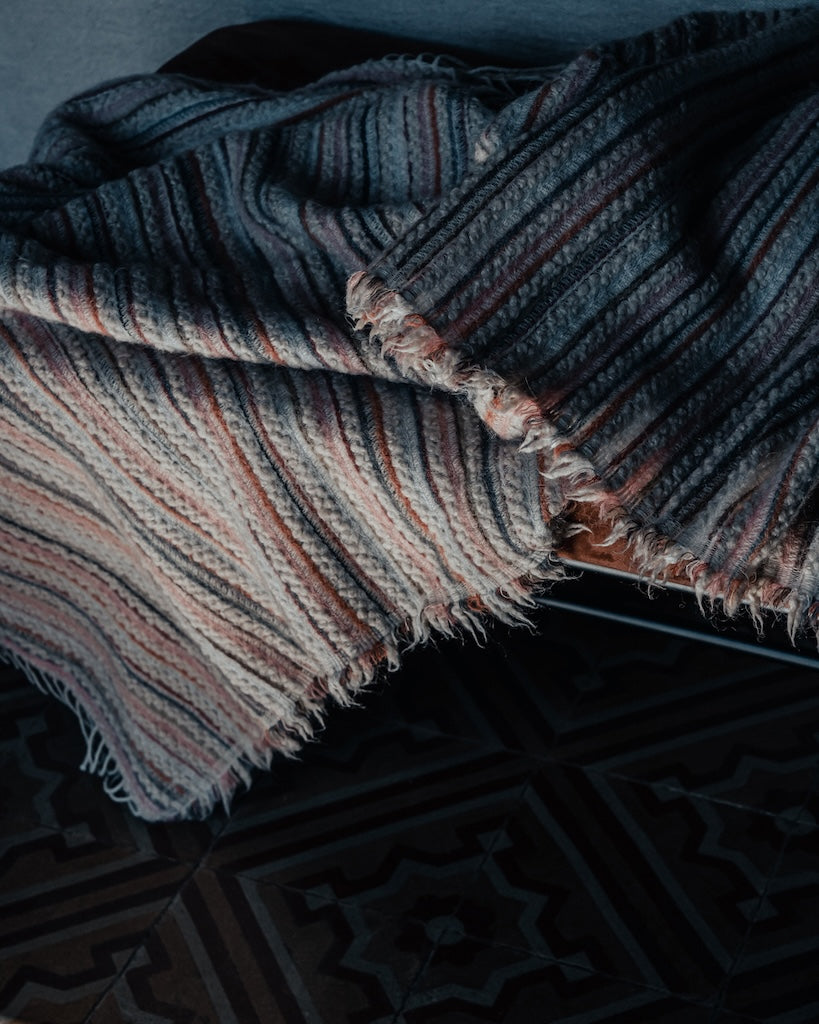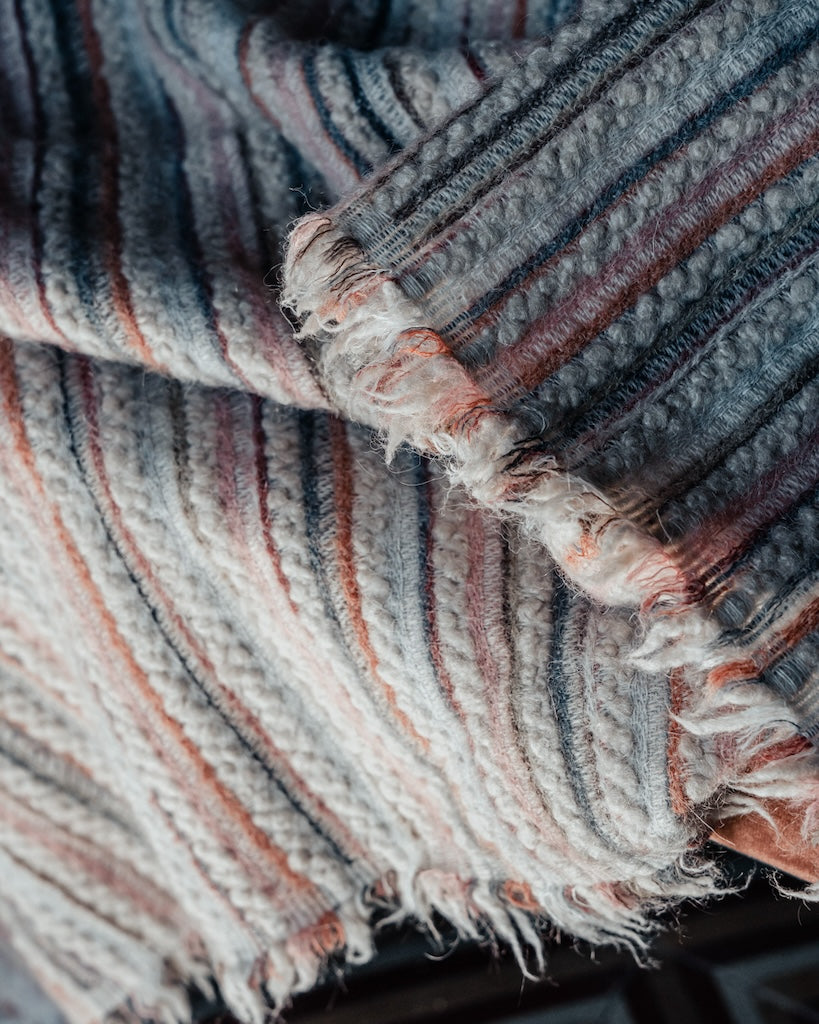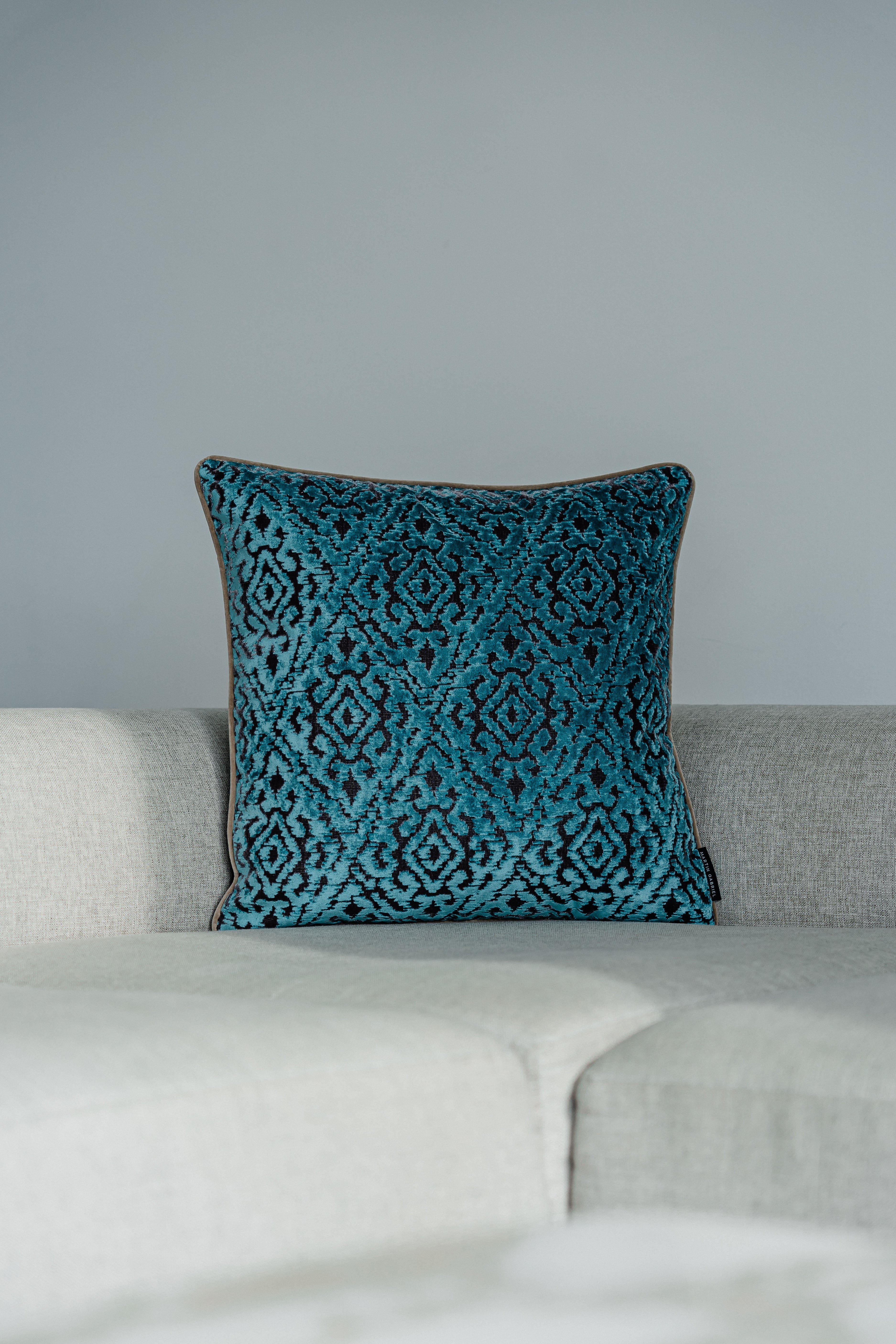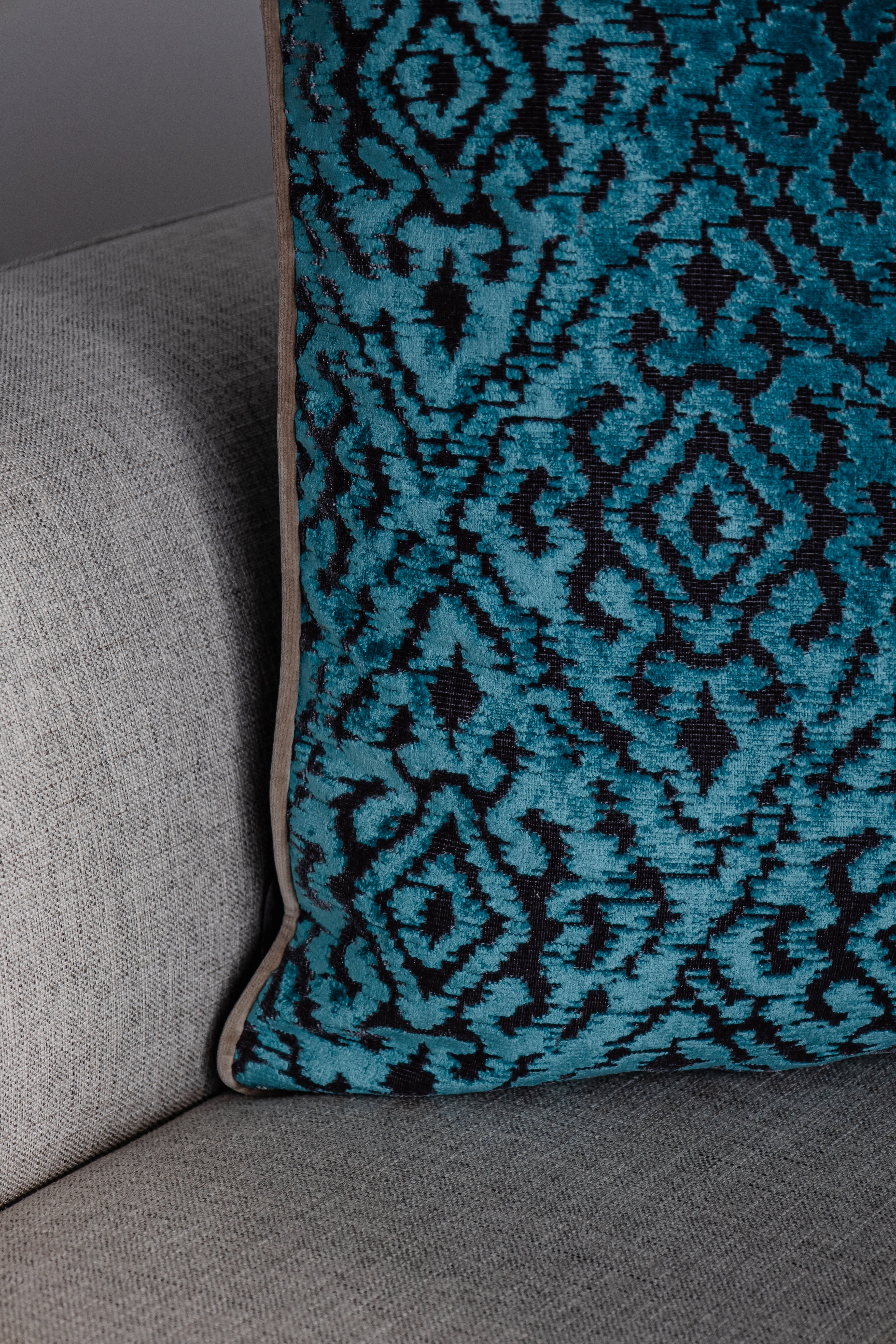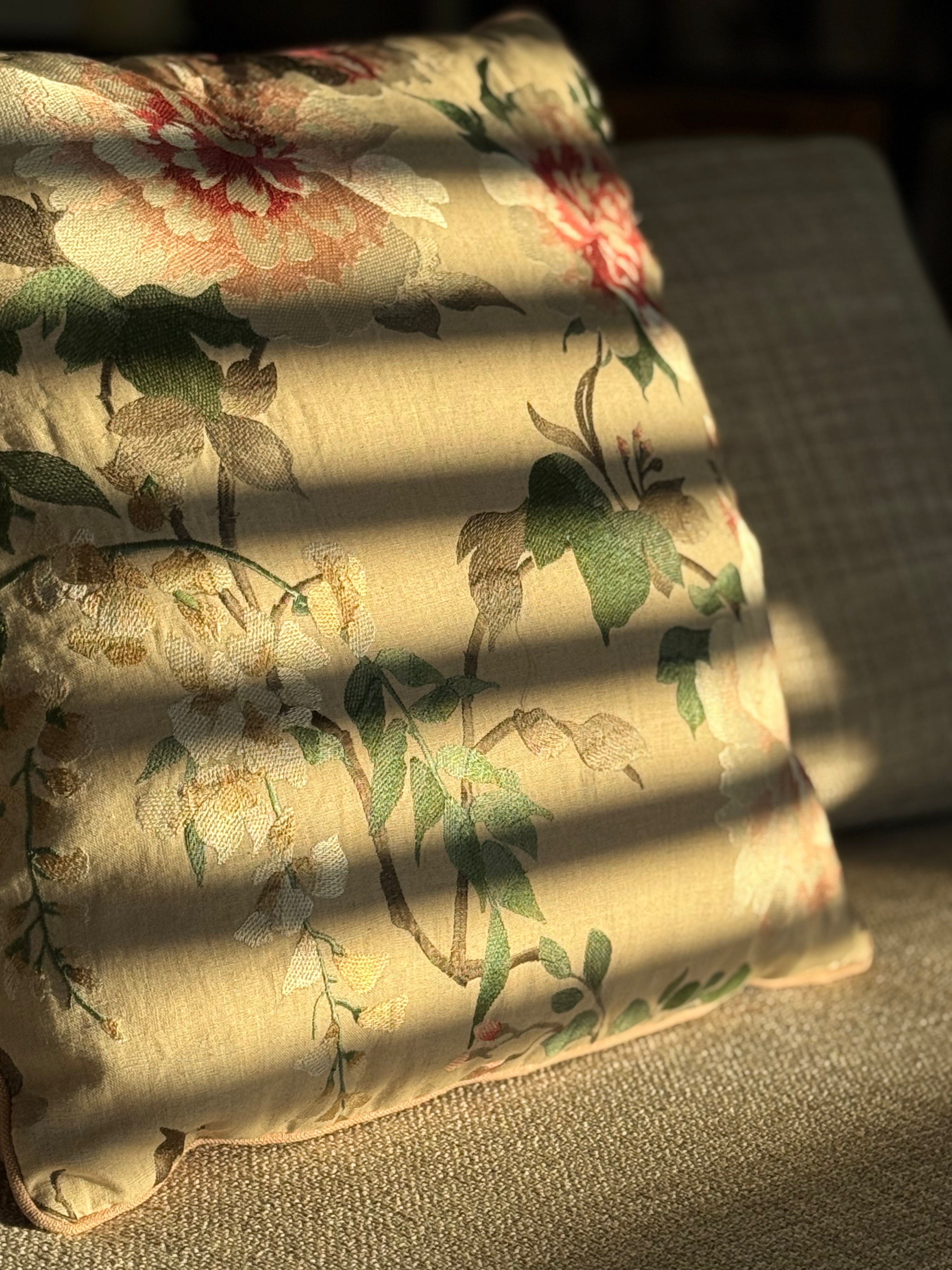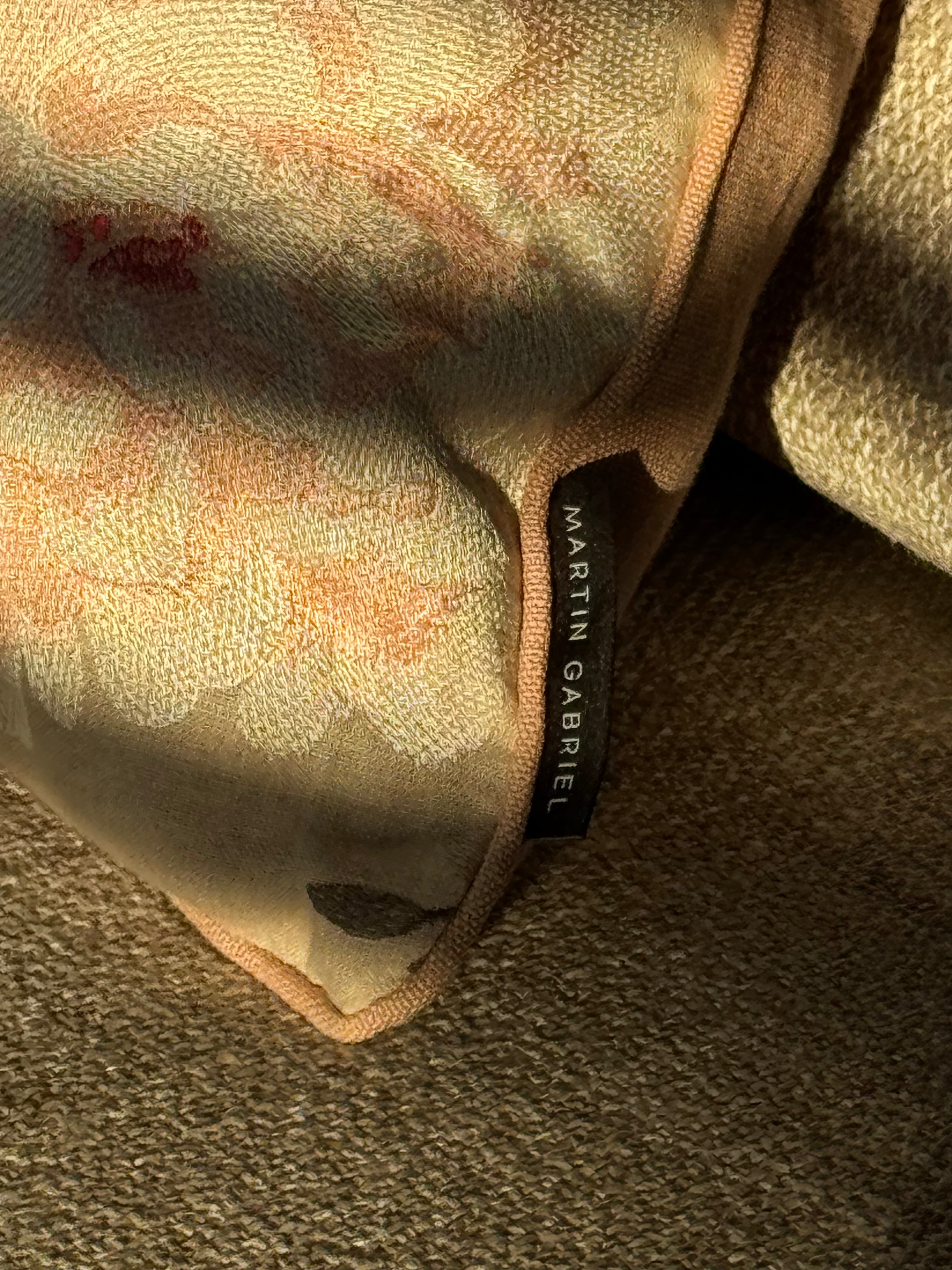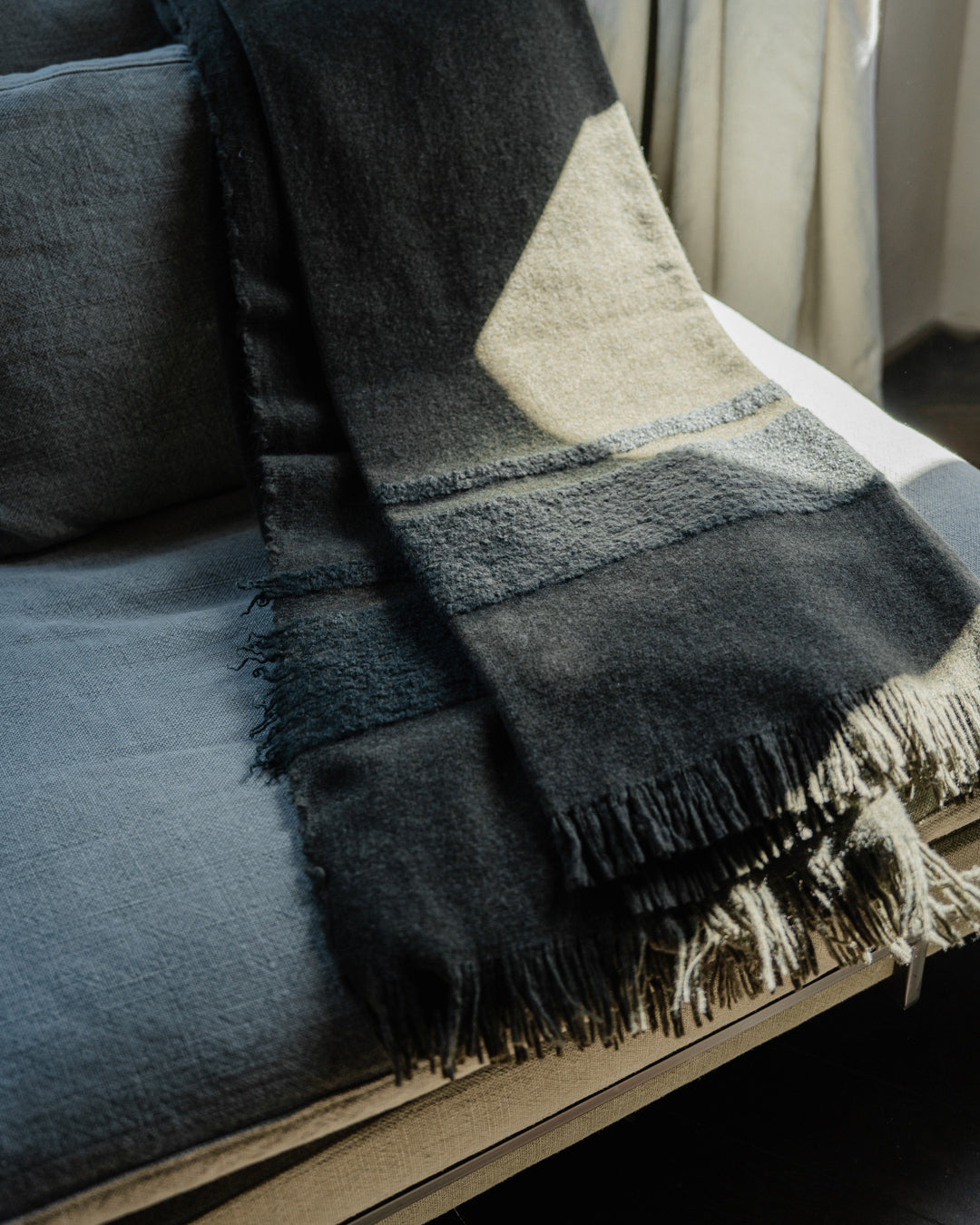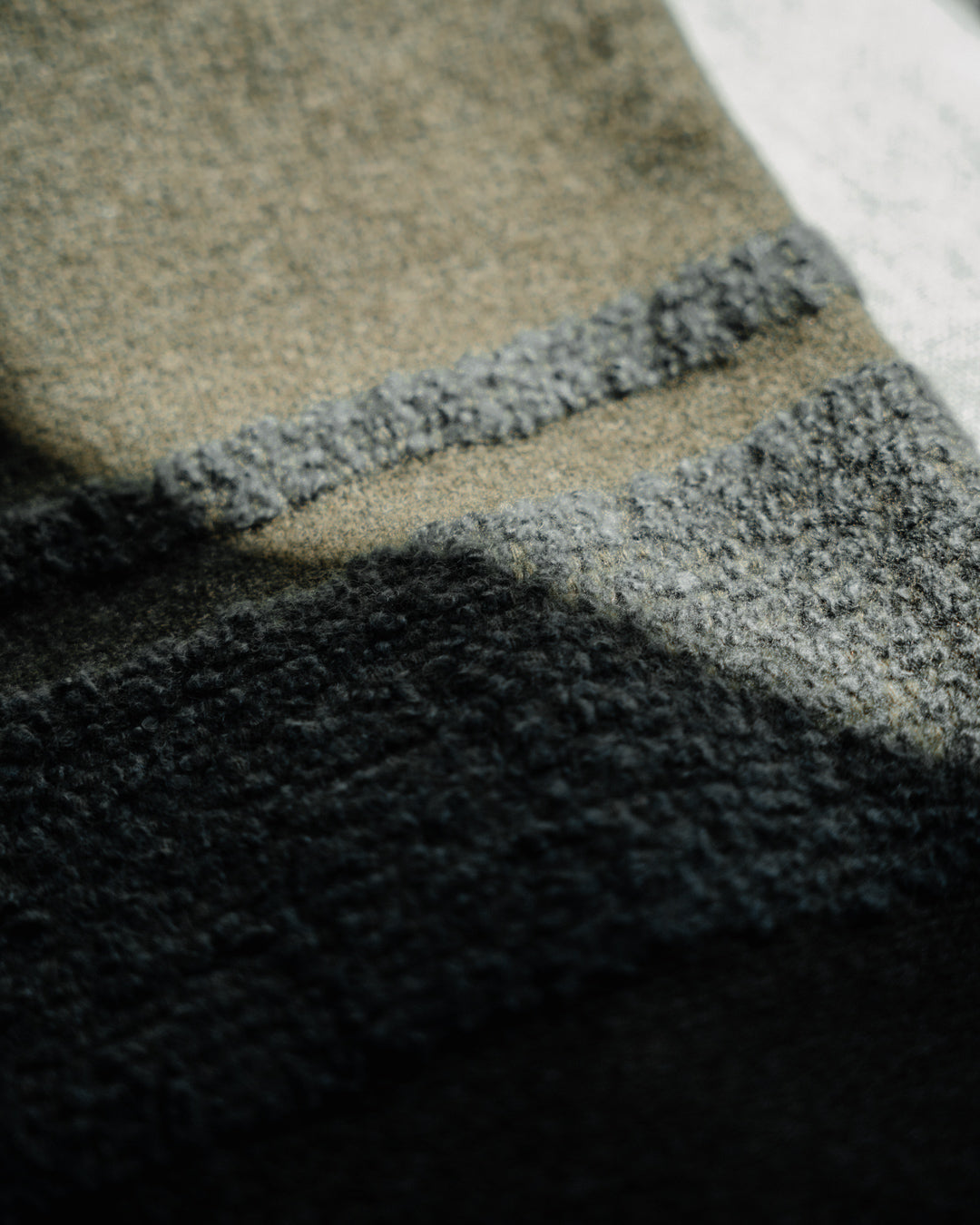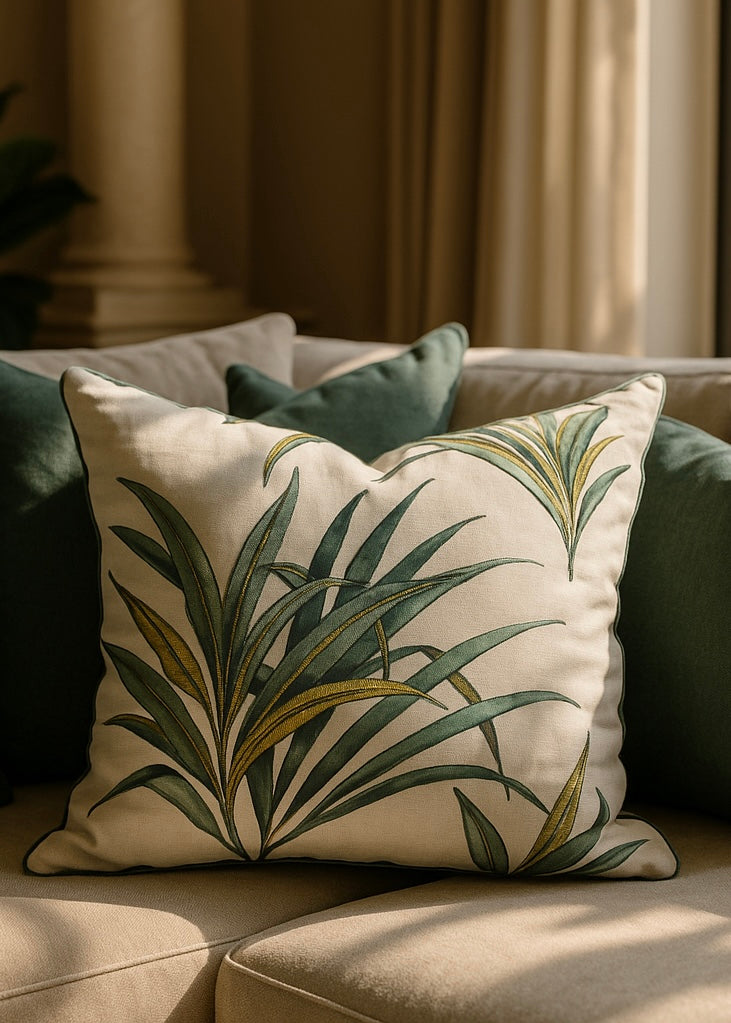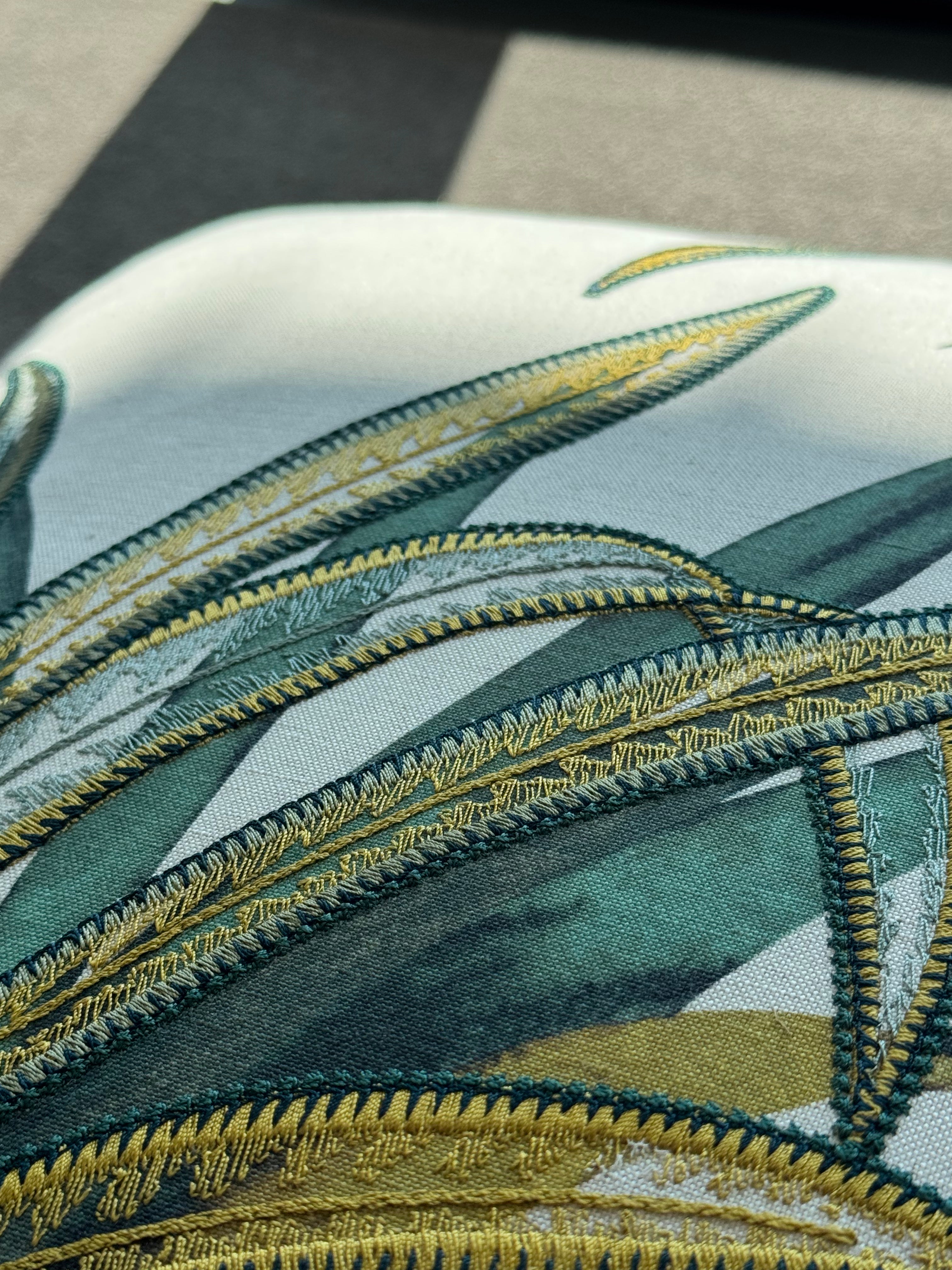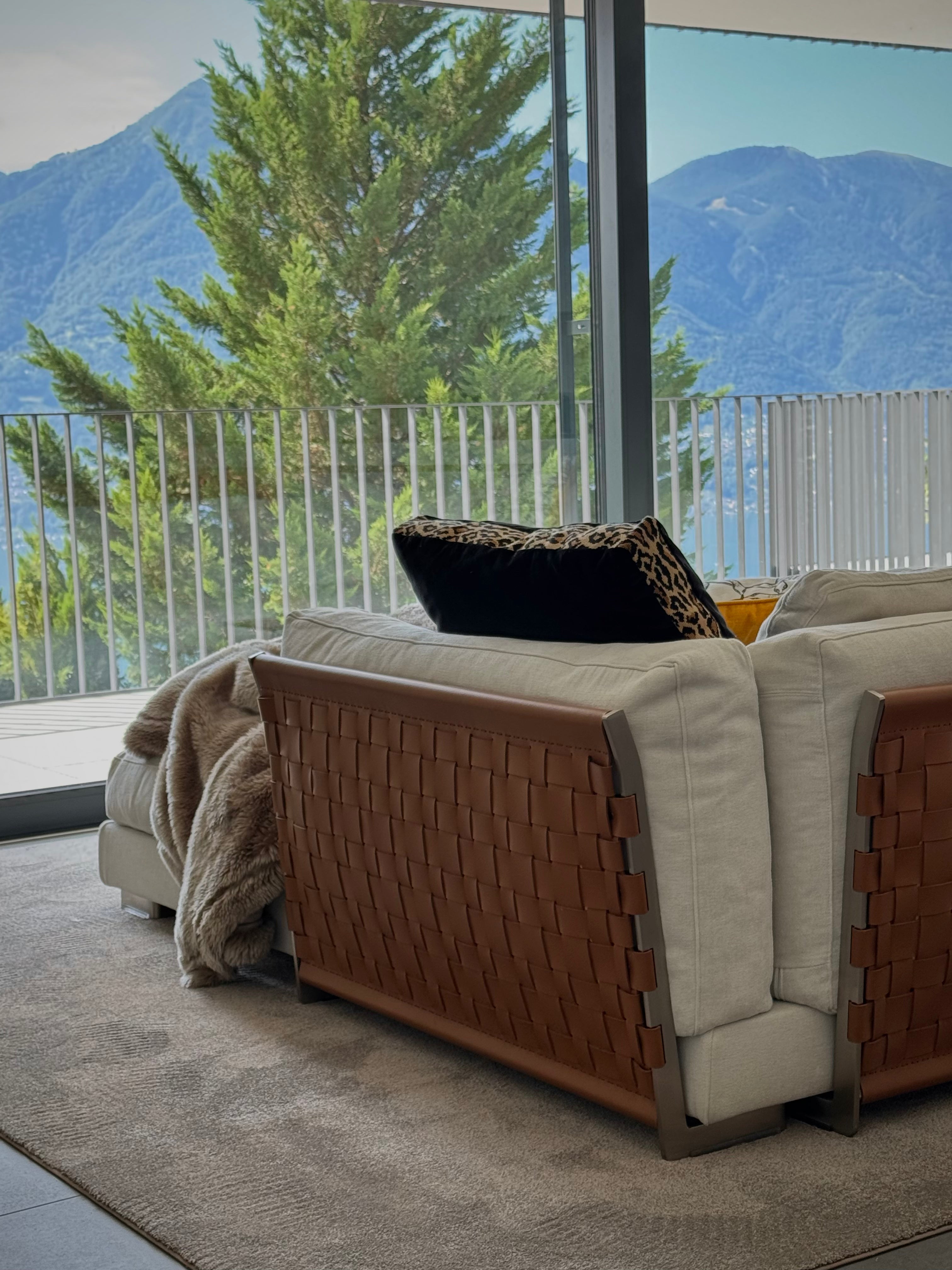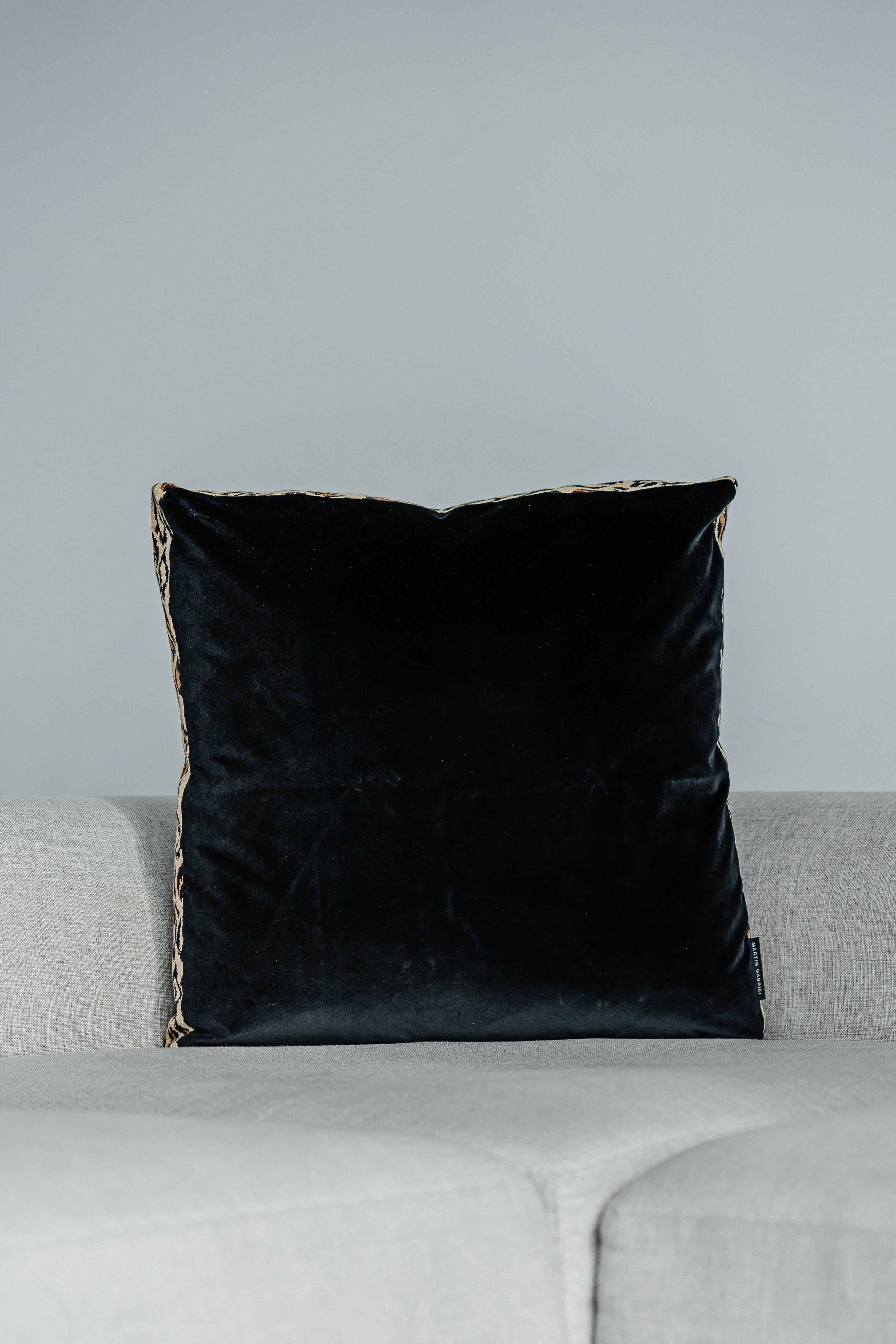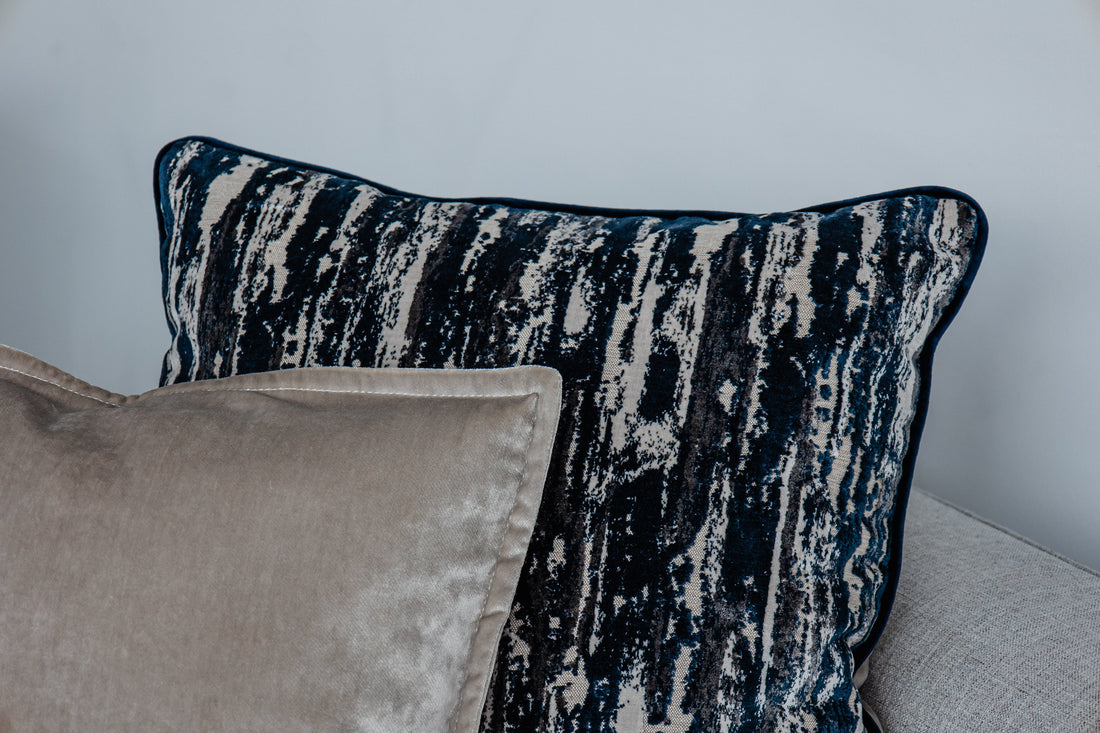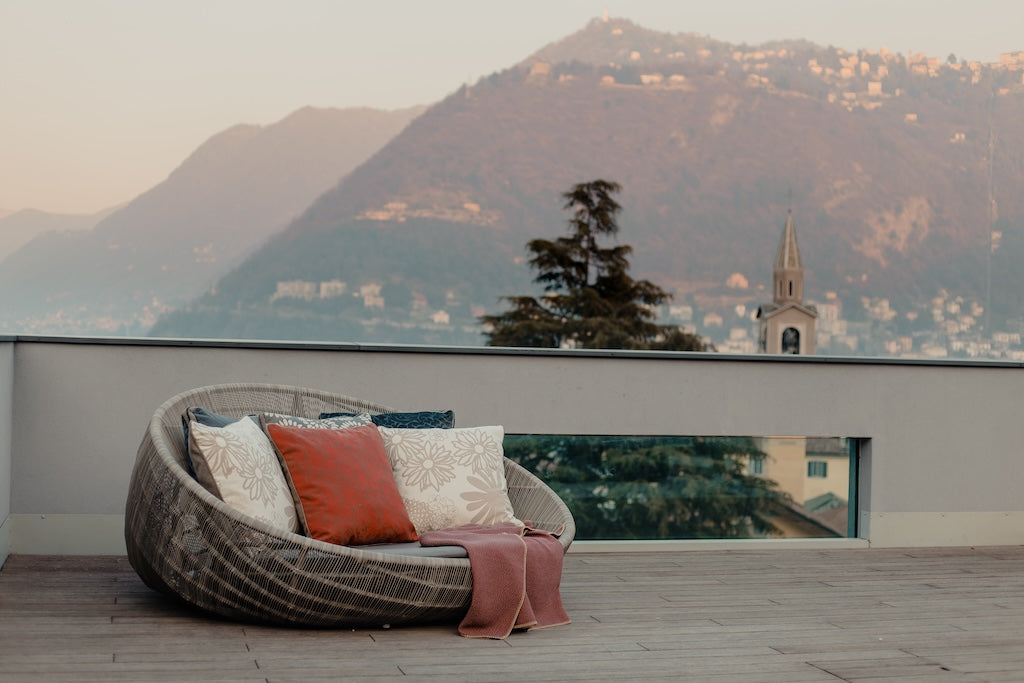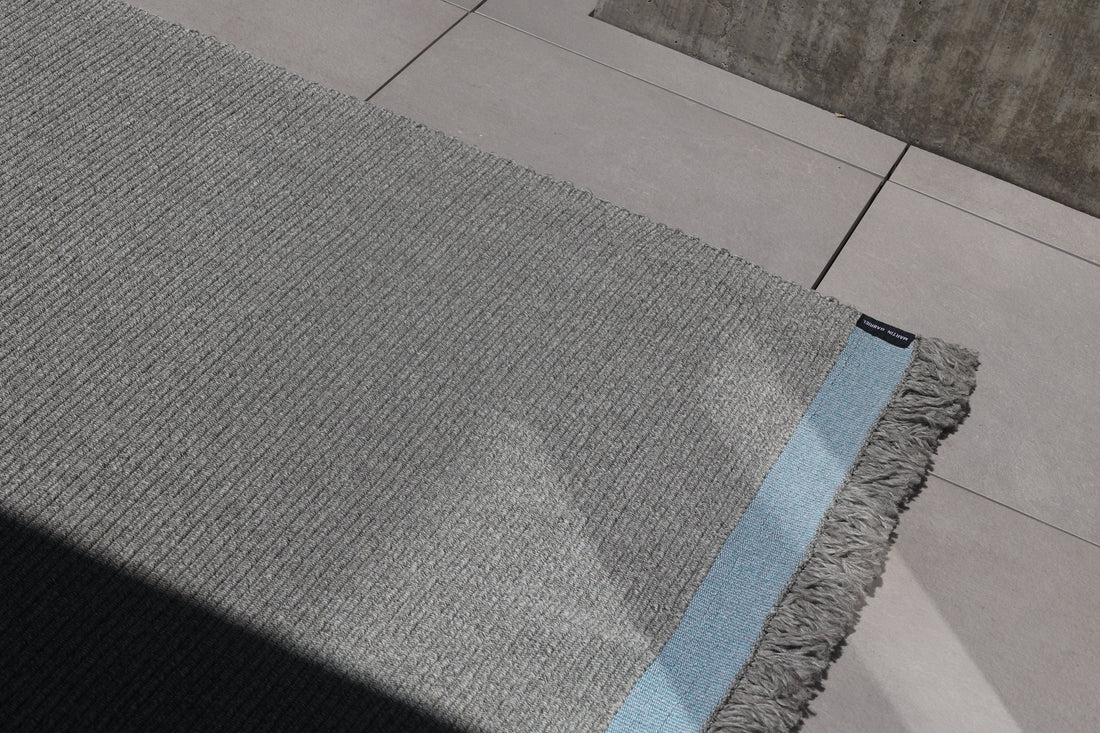The desire for spaces that are beautiful, healthy, and fair meets ideal conditions in Switzerland. Between the Alps, lakes, and fast-paced cities, an attitude is growing that emphasizes quality, durability, and regional added value. This is precisely where sustainable interior design begins: with decisions that go beyond the look and consider the entire life cycle of materials, furniture, and energy.
The result doesn't feel like a sacrifice. It has a calm, high-quality feel and remains harmonious for years. It often even saves money over its entire service life. And it noticeably improves the quality of life in everyday life: better air, more pleasant light, balanced acoustics.
Why it matters here
Switzerland imports many raw materials and products. Transportation, packaging, and short life cycles drive up the carbon footprint. Using regional materials and timeless design in the interior immediately reduces this effect.
- Buildings have a long lifespan. Interior fittings, finishes, and furniture should keep up.
- Living in small spaces is common. Cleverly planned, multifunctional solutions make better use of every square meter.
- Health and comfort are key. Low-emission materials and good acoustics directly contribute to well-being.
Legislation and label culture also support this approach. Minergie and Minergie ECO, the Swiss Sustainable Building Standard (SNBS), and recommendations from eco-bau provide clear guidance.
Basic principles for responsible interiors
- Durability: Robust, repairable, timeless instead of short-lived trends.
- Regionality: Raw materials and production, if possible, from Switzerland or the nearby Alpine region.
- Health: Low VOC emissions, mineral coatings, natural surfaces.
- Circularity: separable connections, modular furniture, second-hand and take-back programs.
- Efficiency: Good insulation, smart lighting, passive temperature control, high-quality appliances.
- Timelessness: Clear lines, honest materials, calm color schemes that don't age.
Materials with a small footprint
Wood from Swiss forests is one of the most powerful levers. It stores CO₂, is warm to the touch, and is easy to repair. Ash, oak, beech, spruce, and larch are widely available. Swiss stone pine and walnut, each certified according to FSC or PEFC standards, are also suitable for creating distinctive surfaces.
Stone is robust and easy to maintain. Jurassic limestone, gneiss, and granite from Switzerland avoid long transport routes. They age gracefully, develop a beautiful patina, and, thanks to their mass, provide thermal inertia. Those who want to avoid a cooler feel can combine them with wool carpets or wood.
Clay and loam create a pleasant indoor climate. Used as plaster, they regulate humidity, absorb odors, and are free of synthetic binders. Lime and silicate paints are a good match, as they are breathable and naturally mold-inhibiting.
Linoleum is a classic with an ecological advantage: linseed oil, wood flour, and jute. Swiss manufacturers like Forbo have a long tradition in this field, and production is often located in Europe, keeping transport distances short. Linoleum is durable, easy to maintain, and can be recycled.
Recycled materials are gaining importance. Panels made from recycled PET, reclaimed wood, or aluminum are setting a clear example of circularity. Swiss companies like Impact Acoustic demonstrate that these materials can produce acoustically and aesthetically convincing solutions.
Material recommendations at a glance
| Material category | Regional recommendation | Relevant labels | Notes |
|---|---|---|---|
| Wood and furniture panels | Swiss ash, oak, spruce; multiplex with FSC/PEFC | FSC, PEFC, EPD, eco-bau | Oil or wax finish, no tropical woods without proof |
| Stone and ceramics | Jurassic limestone, gneiss, granite from Switzerland; porcelain stoneware with EPD | EPD, natureplus | Short transport routes, choose anti-slip surfaces |
| Paints and plasters | Silicate or lime paints, clay plaster | Blue Angel, natureplus, eco-bau | Low VOC, pay attention to solvents and plasticizers |
| Floor coverings | Swiss parquet, linoleum, Ruckstuhl carpets | FSC/PEFC, Cradle to Cradle, Oeko-Tex | Carpets for acoustics, linoleum for stressed areas |
| textiles | Wool from CH, linen, organic cotton | Oeko-Tex Standard 100, GOTS, Swisswool | Washable, colorfast, no PFC treatment |
| Acoustics | Recycled PET, wood fiber, virgin wool | Greenguard, EPD | Combine panels and curtains |
| Adhesives and joints | Dispersion or silicate adhesive | EMICODE EC1, Blue Angel | Prefer mechanical fastening |
Paints, surfaces and adhesives
The choice of colors reflects the materials. Light, mineral walls naturally reflect daylight. Earthy tones harmoniously combine wood and stone, and bold accents are used in niches or on loose furniture.
Surfaces should be repairable. Oiled wood can be repaired without re-sanding. Waxes provide moderate protection and emphasize the grain. High-gloss varnishes are more fragile and difficult to repair.
Adhesives and sealants are worth a closer look. Products with EMICODE EC1 or ecological quality seals keep indoor air clean. Where possible, use screws instead of glue. This makes later disassembly and reuse easier.
Furniture and objects with a future
Switzerland has a strong furniture tradition. Brands like Horgenglarus stand for durable solid wood chairs, USM Haller for modular systems, and Röthlisberger for precise joinery. Vitra has close ties, with production in the tri-border region and a supply of spare parts for decades.
Modular concepts are important. Furniture that adapts to different phases of life lasts longer. Replaceable covers, plug-in systems, screw-on fittings, and traceable spare parts. Good ergonomics and robust edges determine everyday use.
Those buying new ask about repair services, spare parts catalogs, and returns. Those buying used can find treasures at secondhand stores, Ricardo, Tutti, or local vintage dealers. Classic Swiss pieces are often well documented and can be professionally restored.
Recommended sources:
- Thrift stores and designer vintage shops in the region
- Platforms: ricardo.ch, tutti.ch, anibis.ch
- Manufacturer with repair and spare parts service
- Carpenters and upholstery workshops in the district
- Component exchanges for doors, lights, handles and sanitary ware
Light, air and acoustics
Good lighting follows the course of the day. Large, glare-free panel lights for the morning, directed light for reading, and warm accent lighting for the evening. LEDs with an RA of 90 and above display colors true to nature. Dimmers and scenes save energy and adjust the mood.
Natural light remains the first choice. Bright reveals, reflective walls, and fabric-like, translucent curtains bring more light in. Mirrors in strategic locations enhance the effect without appearing kitschy.
Indoor air quality is a health issue. In addition to low-emission materials, cross ventilation, plants with large leaf areas, and moisture buffers such as clay and textiles can help. Those who forget to ventilate can rely on CO₂ sensors that provide visual reminders.
Acoustics determine quiet. Dense surfaces reflect, while textiles absorb sound. A simple order helps:
- First, large areas calm things down: carpet islands, curtains, bookshelves.
- Then optimize selectively: acoustic panels for early reflections, soft chair glides.
- Minimize noise sources: felt pads, quiet fans, rubberized buffers.
Planning for small floor plans
Cities like Zurich, Basel, and Geneva often offer compact apartments. With clever planning, airy spaces can still be created.
- Built-in furniture up to the ceiling creates storage space and leaves floors free.
- Sliding doors save pivoting space and divide zones flexibly.
- Folding and stackable furniture stays in the background when not in use.
- A calm color spectrum and a few, precisely placed materials avoid visual unrest.
A trick that almost always works: matching flooring in connected rooms. The eye perceives the surface as a single unit, making the room appear larger.
Energy and technology that silently helps
The most efficient kilowatt-hour is the one that isn't needed in the first place. Tightly closing windows, textile curtains as a thermal barrier, external sun protection, LEDs in all lighting.
Household appliances with high efficiency ratings deliver significant long-term savings. Cooktops with efficient residual heat utilization, refrigerators with efficient night-time setbacks, dishwashers with eco programs, and power strips with switches eliminate standby power consumption.
On the hot water side, short paths, highly efficient fittings, and flow limiters are effective. Combined with green electricity tariffs and PV on the building, the emissions footprint is noticeably reduced.
Anyone renovating can use Minergie and Minergie ECO as guidelines. These labels link energy, materials, and health. This makes decisions easier and measurably improves quality.
Cycle in practice
Circularity begins with design. Removable connections facilitate repair and resale. Standardized dimensions increase the likelihood that components will continue to be used in the future.
- Check before buying: second-hand, rental or leasing option
- Separate when removing: wood, metal, glass, electronics separately
- When installing, screw, clamp, plug instead of gluing
- Prefer manufacturers with take-back or refurbishment programs
- Keep documentation: plans, labels, care instructions, material passports
Component networks in Switzerland provide doors, windows, lights, and even kitchens from demolished buildings. This saves resources and adds character to the interior.
Budget and time: calculate wisely
Sustainable doesn't automatically mean more expensive. It shifts costs. High-quality materials are often more expensive to purchase, but cheaper to operate and maintain. They survive moves, can be resold, and retain their value.
A practical approach:
- 60 percent for durable base: floor, walls, installation
- 25 percent for furniture with a long service life
- 10 percent for lighting and acoustics
- 5 percent for accessories and art
Allow for a time buffer. Natural materials require drying time, and craftsmanship requires precision. Ordering early and buying locally reduces delivery stress.
Regional craftsmanship and planning
Good interiors are created as a team: architects, interior designers, carpenters, painters, and lighting designers. In Switzerland, distances are short, workshops are dense, and quality is high.
- Local carpenters create built-in units that are precise and repairable.
- Painting companies with experience in lime and silicate paints provide advice on substrates.
- Upholsterers reupholster chairs and dramatically extend their lifespan.
- Lighting designers create the right atmosphere with little wattage.
Networks and labels help with the selection: eco-bau for material assessments, SIA for specialist companies, SGNI for certification according to the DGNB system in Switzerland.
Two brief insights
City apartment in Zurich, 63 square meters: The old carpet gives way to oiled Swiss oak parquet. The kitchen gets new fronts made of multiplex with linoleum, while the appliances remain and are only repaired. A floor-to-ceiling built-in closet replaces three small dressers. Daylight is brought in through translucent curtains, and LED track lights can be dimmed as needed. A used USM unit serves as a home office and media unit. The budget remained within limits, everyday life seems calmer, and energy consumption decreased.
Chalet in the Bernese Oberland, 95 square meters: Clay plaster regulates humidity, and Swiss stone pine makes the bedroom warm and fragrant. Jurassic limestone is used in the living room, complemented by wool carpets from Ruckstuhl. Acoustic panels made of recycled PET provide clarity while listening to music. The old tabletop was refurbished, and the substructure was reattached. A local carpenter crafted a bench with storage space that also serves as a guest bed. A lot of craftsmanship, few new items, maximum charm.
Design that brings long-lasting joy
Timelessness is not a dogma, but a gentle guideline. Neutral base materials, with occasional touches of color and texture. A petrol-colored armchair, a painting with a story, a lamp with a sculptural feel. This allows the space to remain transformable without losing its essence.
Colors can be thought of in layers:
- Base: off-white and sand tones
- Structure: wood, stone, canvas, wool
- Accent: two to three tones with repetition in textiles and art
The room then appears cohesive, whether in winter light or summer sun. And it remains friendly to the materials that support it.
Care and value retention
Good care significantly extends lifespan. A simple plan is all it takes.
- Oiled wood: re-oil every 1 to 2 years, repair small scratches locally
- Linoleum: pH-neutral cleaners, regular care instead of aggressive agents
- Stone: Impregnation where splash water occurs, gentle soap for cleaning
- Textiles: Choose washable covers, beat or wash carpets annually
- Lights: Dust reduces light output, gently dust or brush off
More important than perfection is consistency. Small interventions at the right time prevent major repairs.
What you can initiate today
- Taking stock: What is already good, what is annoying, what can stay.
- Target image: Define three core values, for example, calm, robust, regional.
- Materials list: Define a maximum of five main materials that repeat.
- Purchasing: First check the cycle, then re-invent. Compare quality levels, inquire about service.
- Implementation: Start with the biggest lever. Flooring, lighting, fixtures. Accessories last.
A mindfully designed home improves over time. Materials mature, stories accumulate, routines become easier. This is the kind of luxury that lingers.




